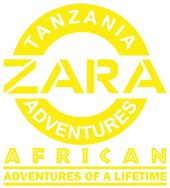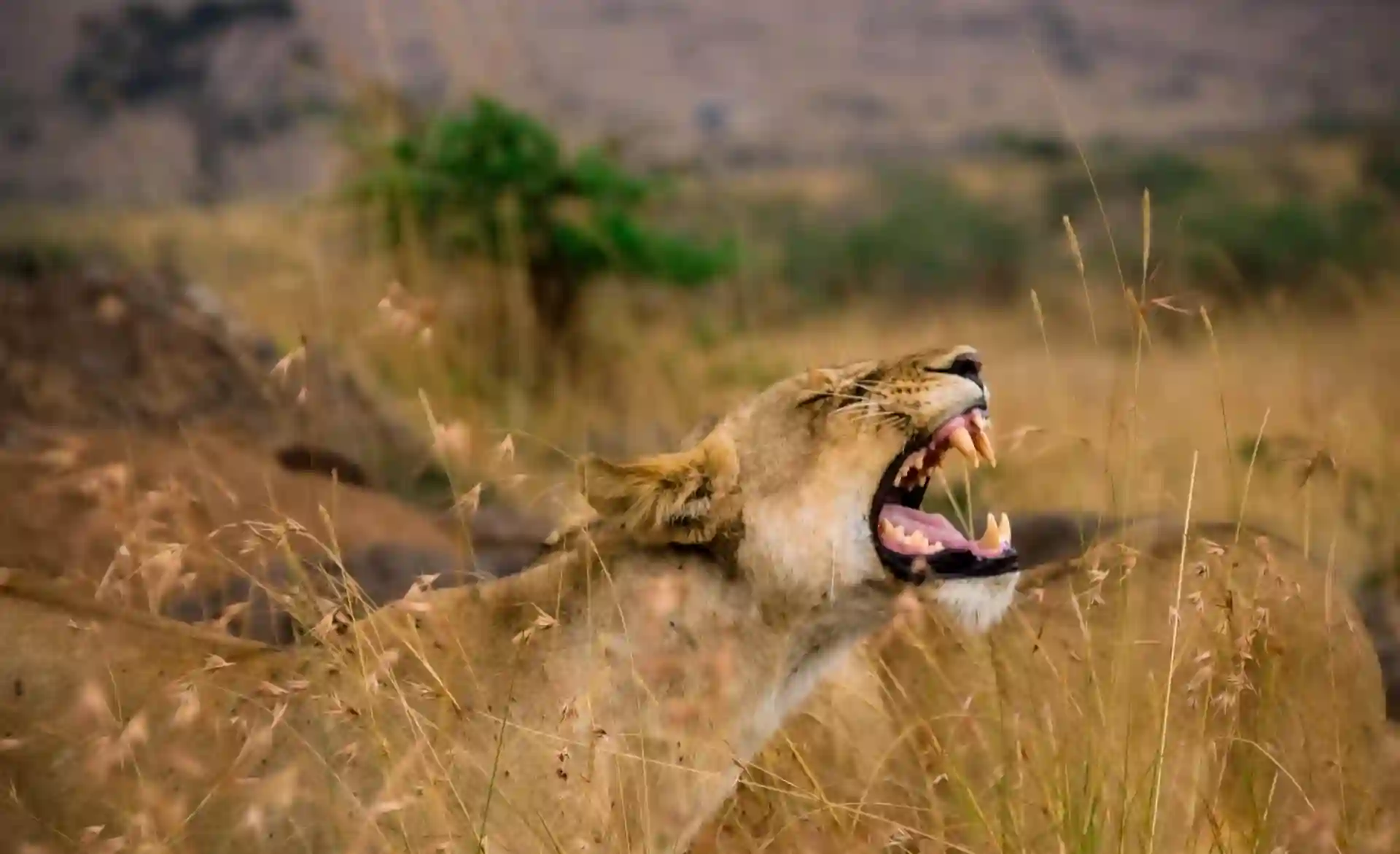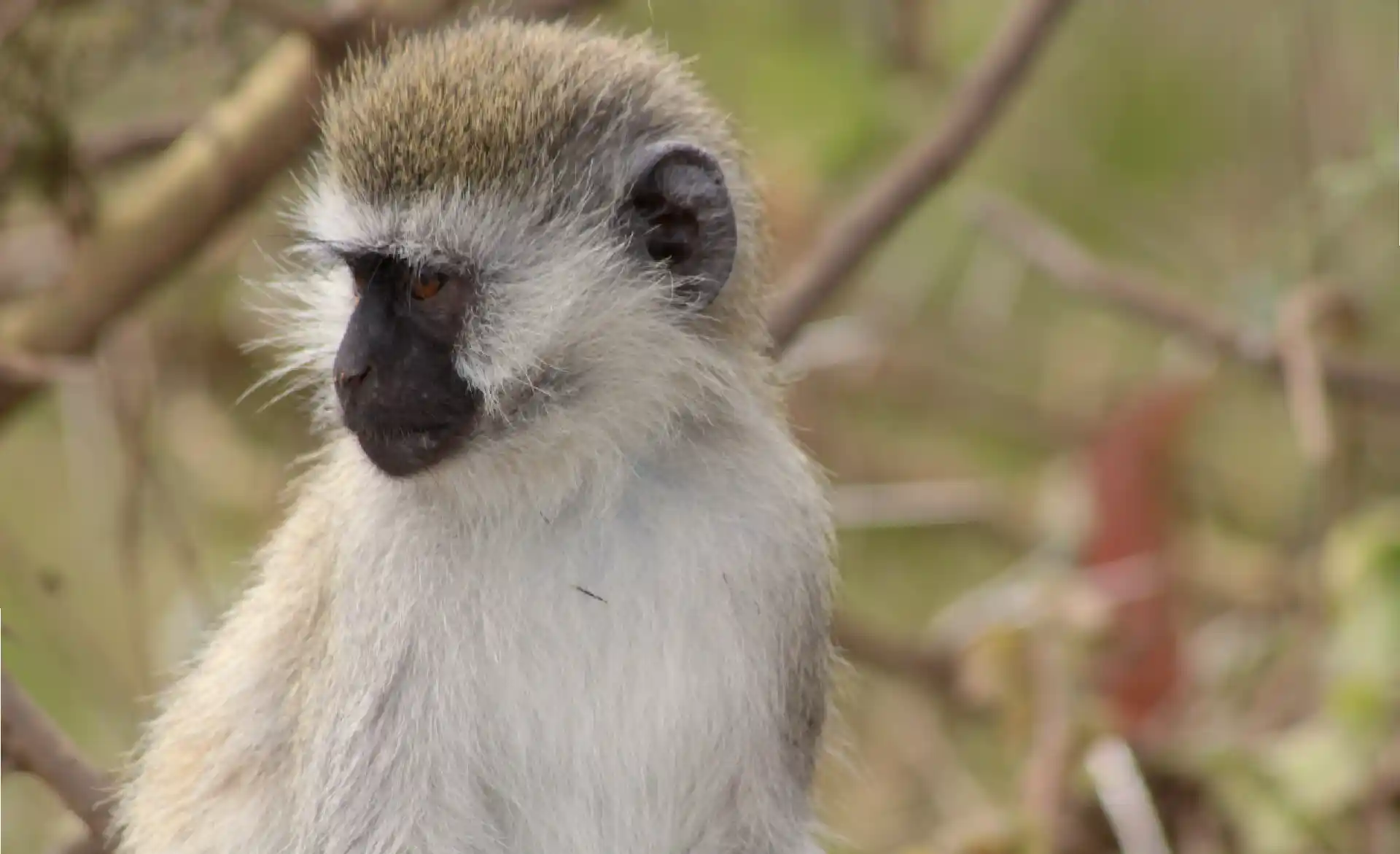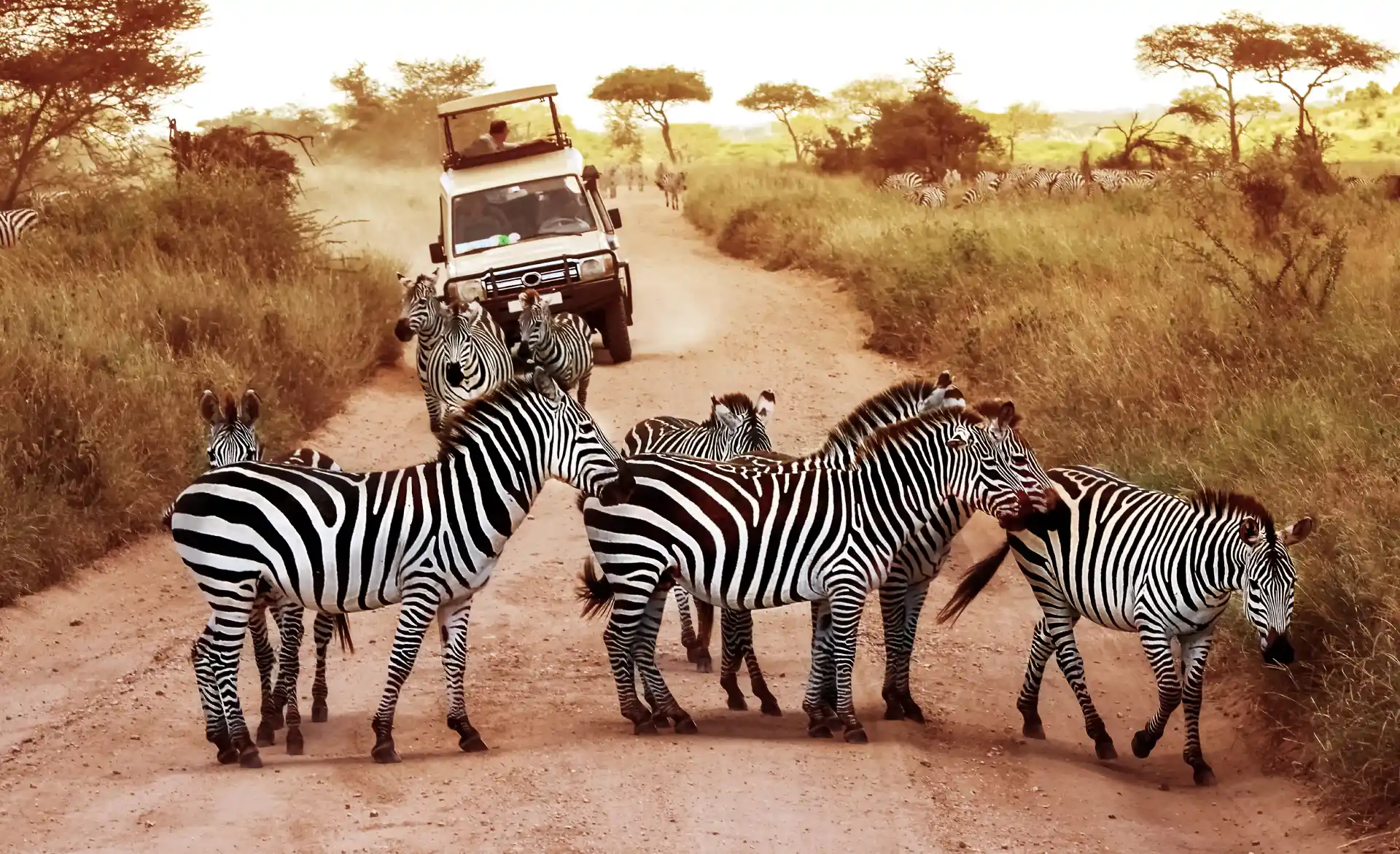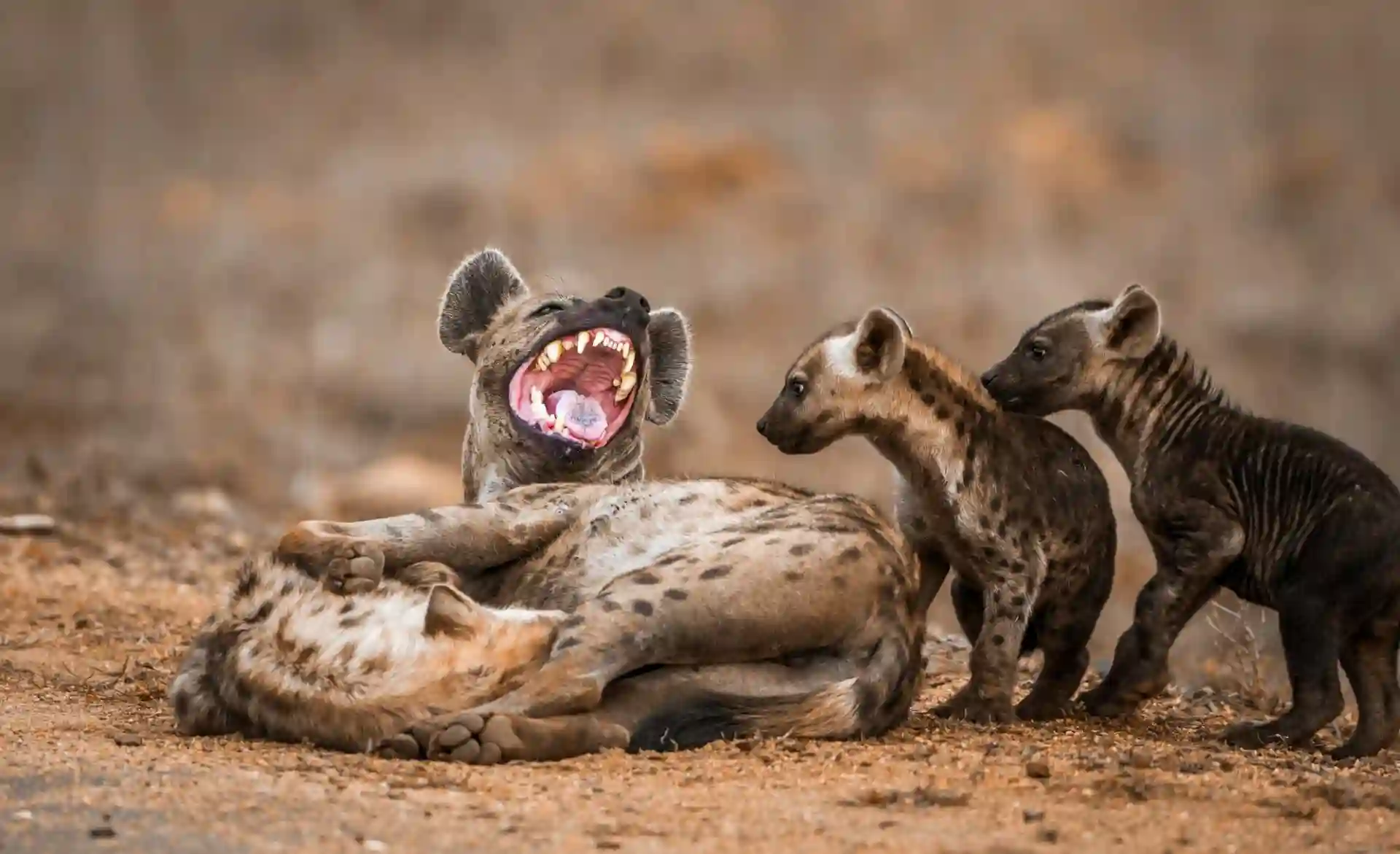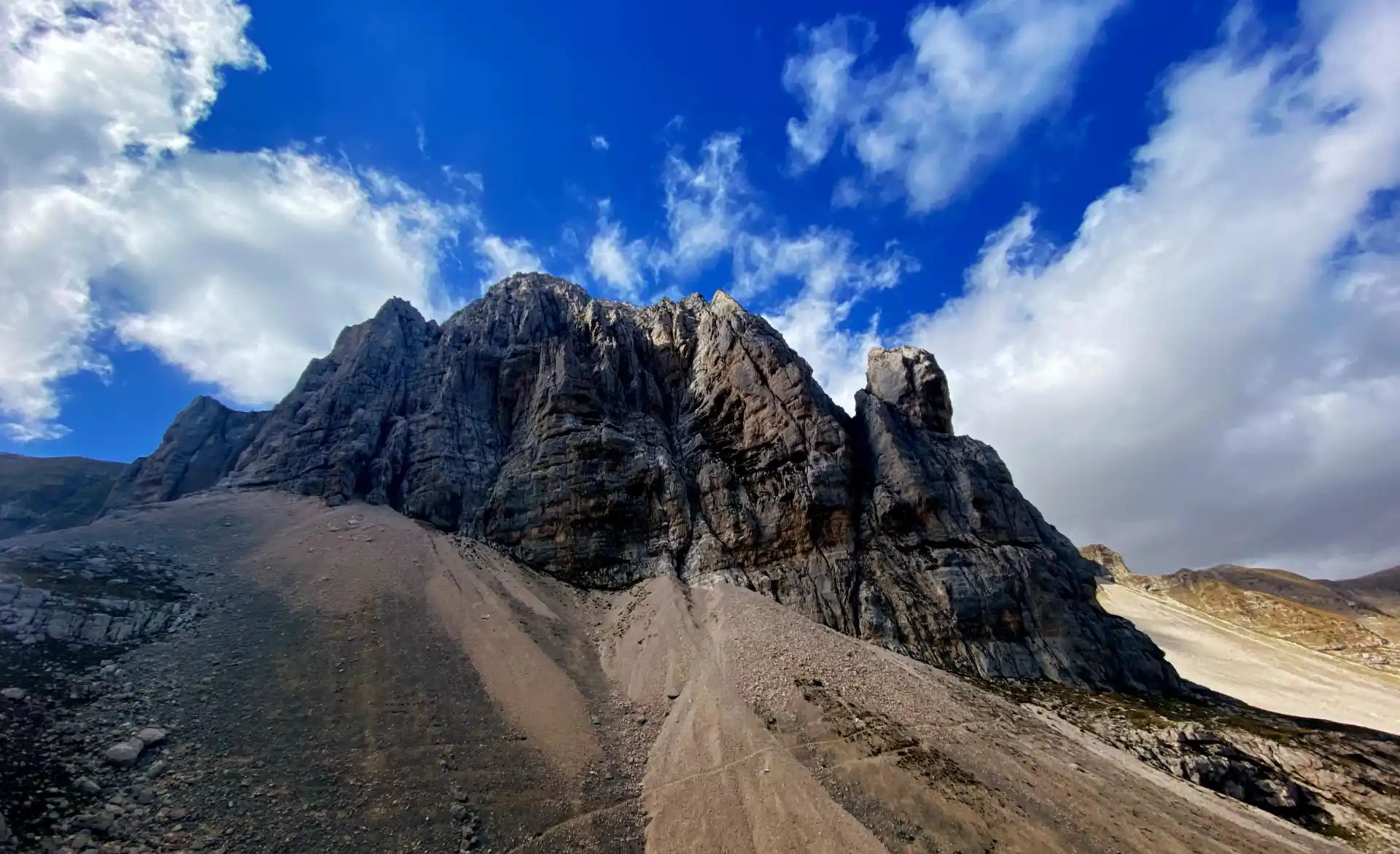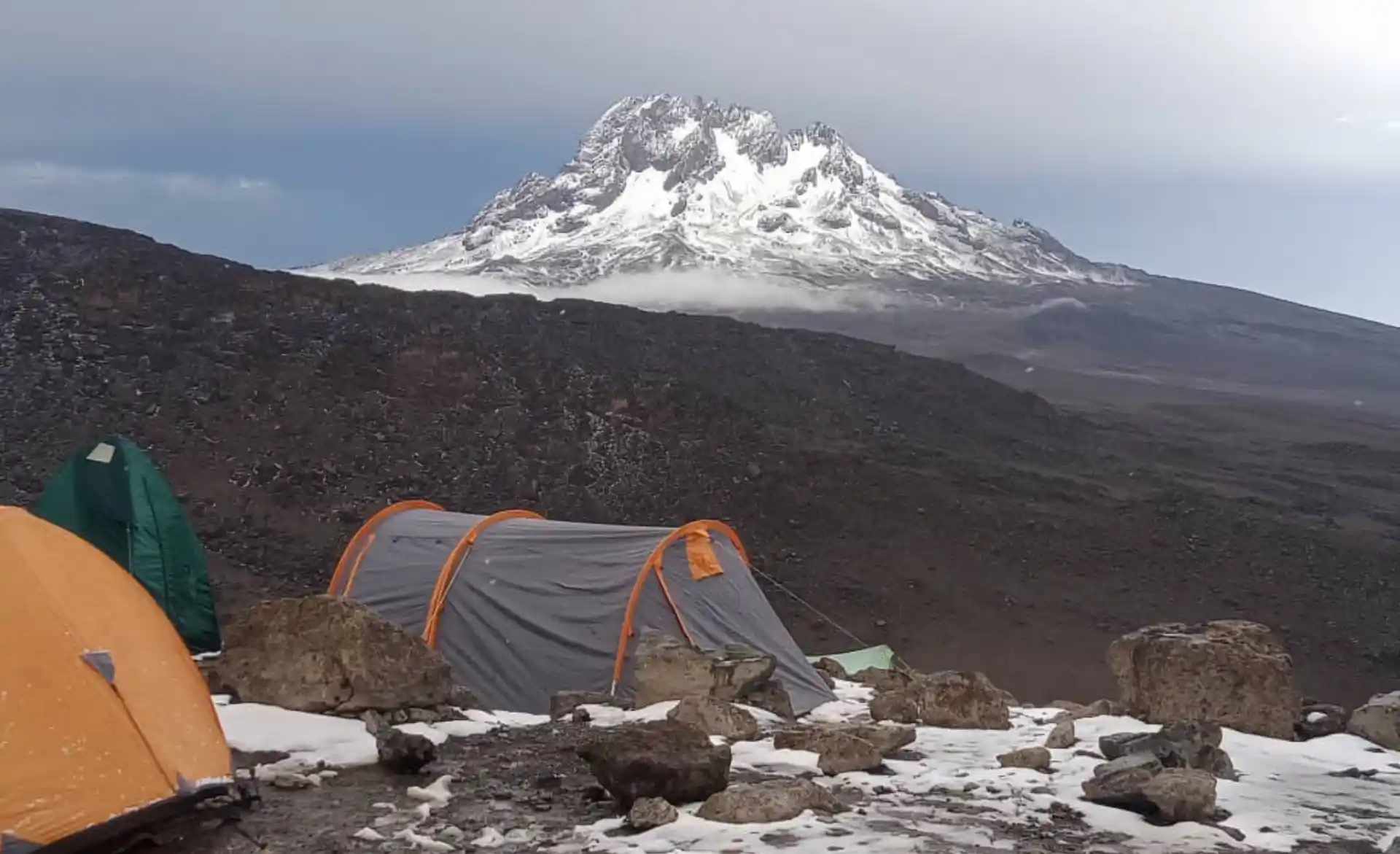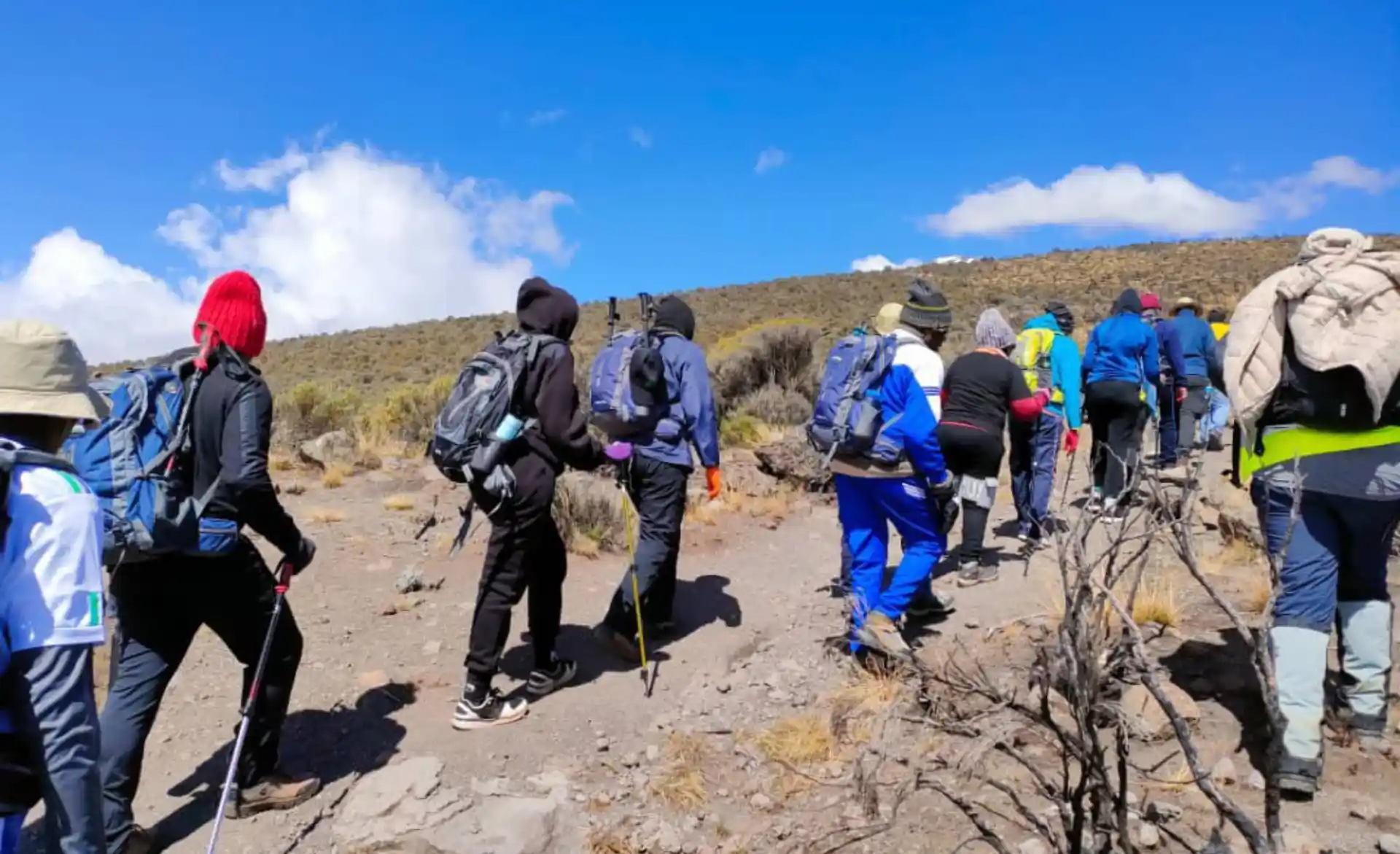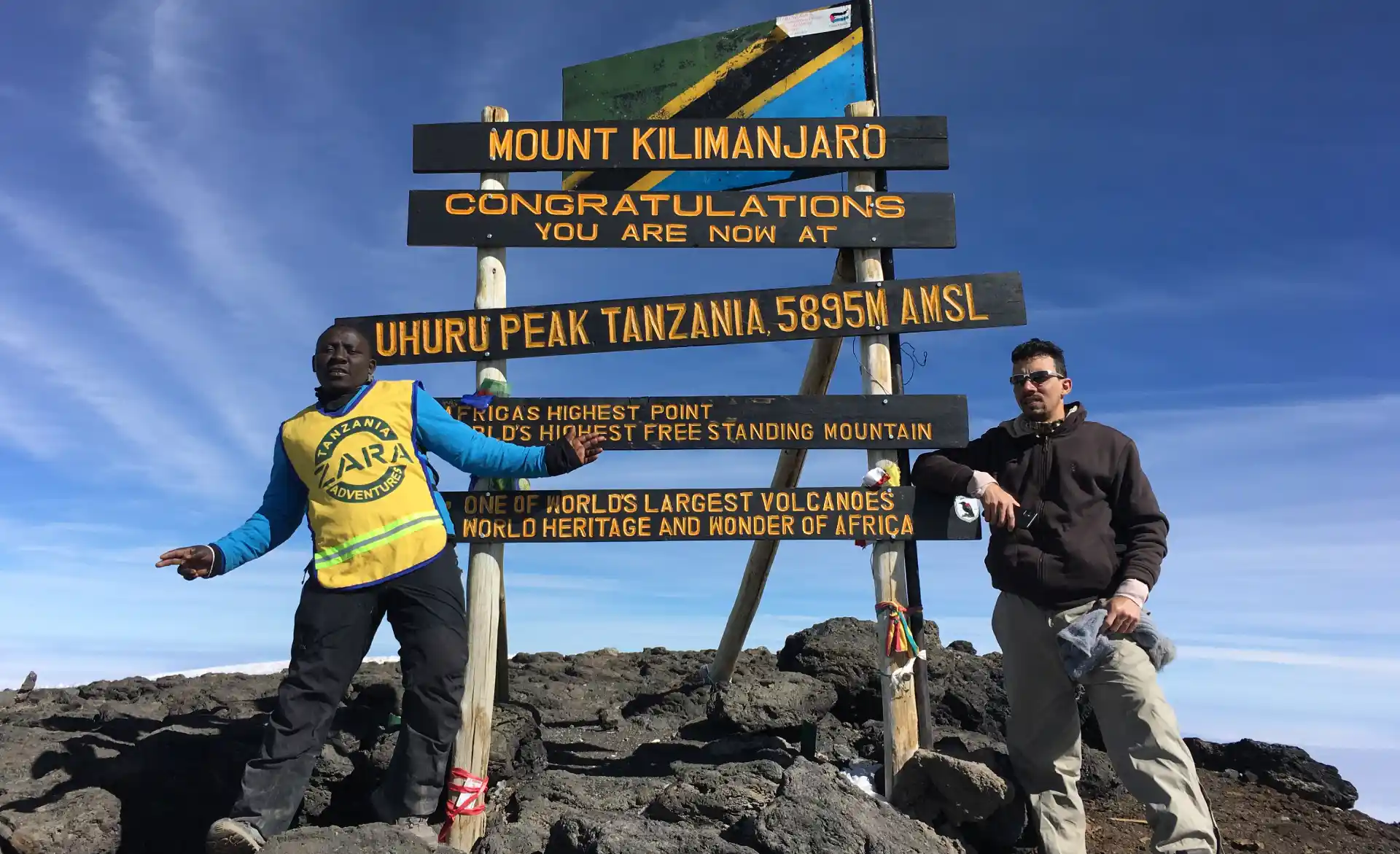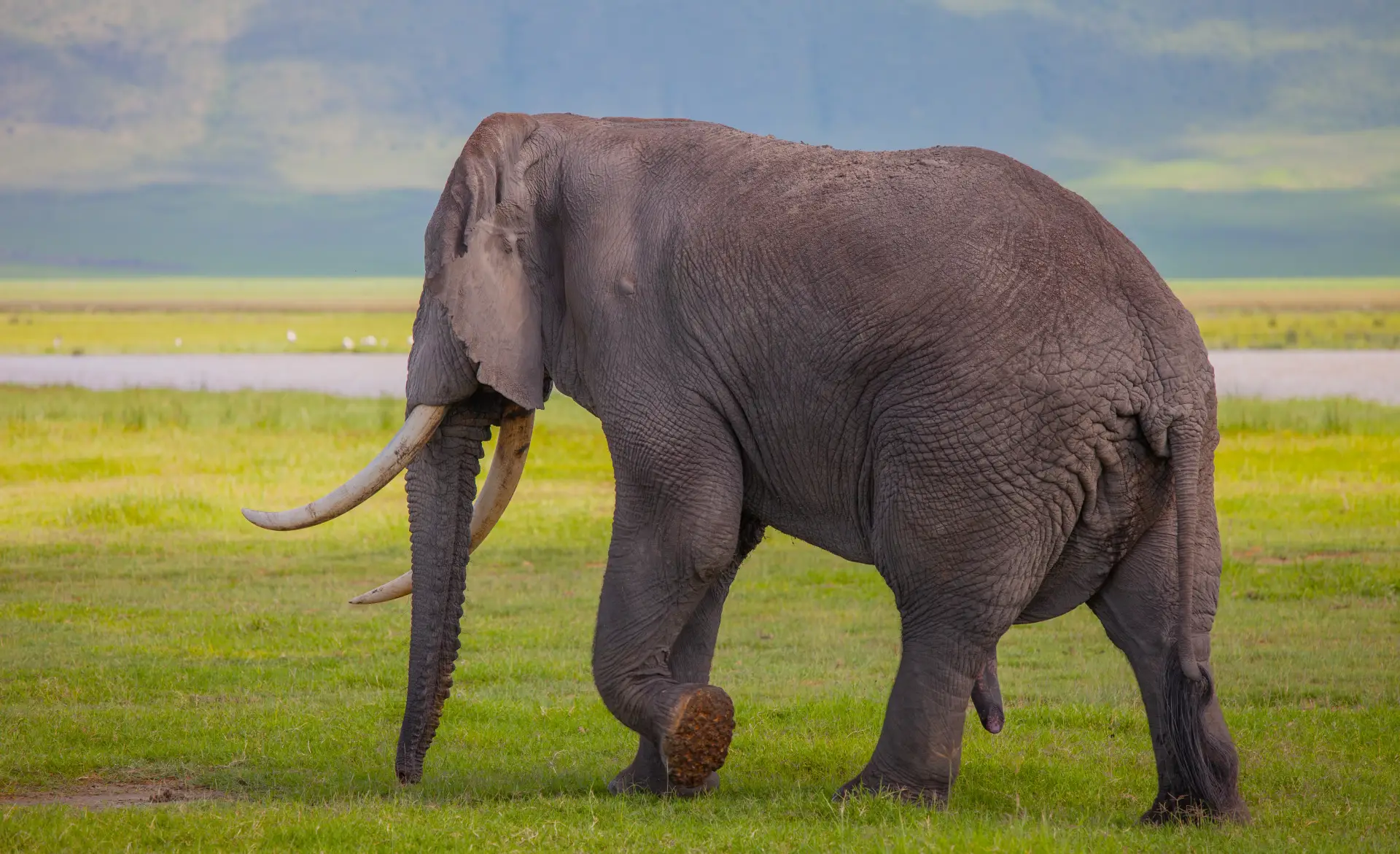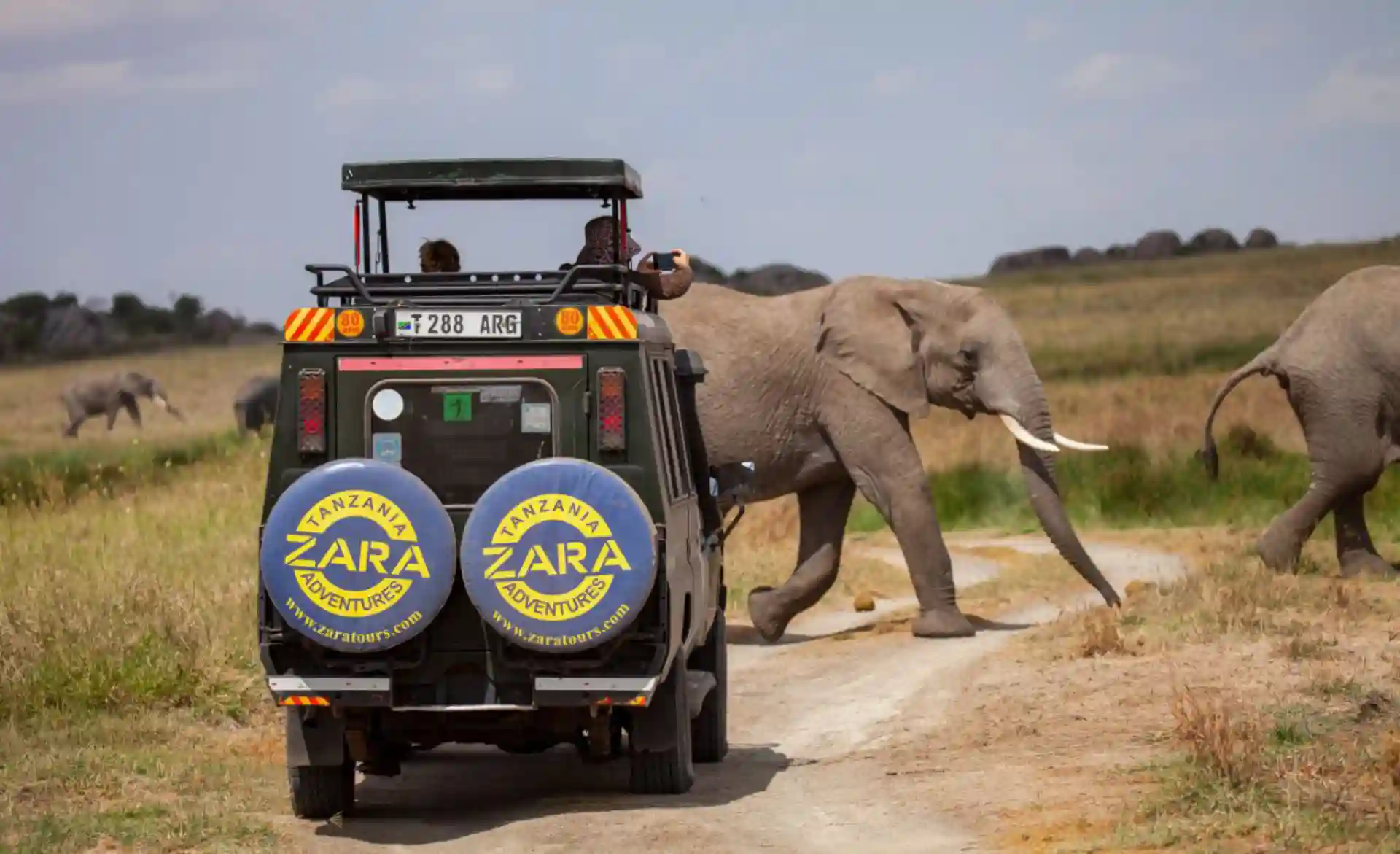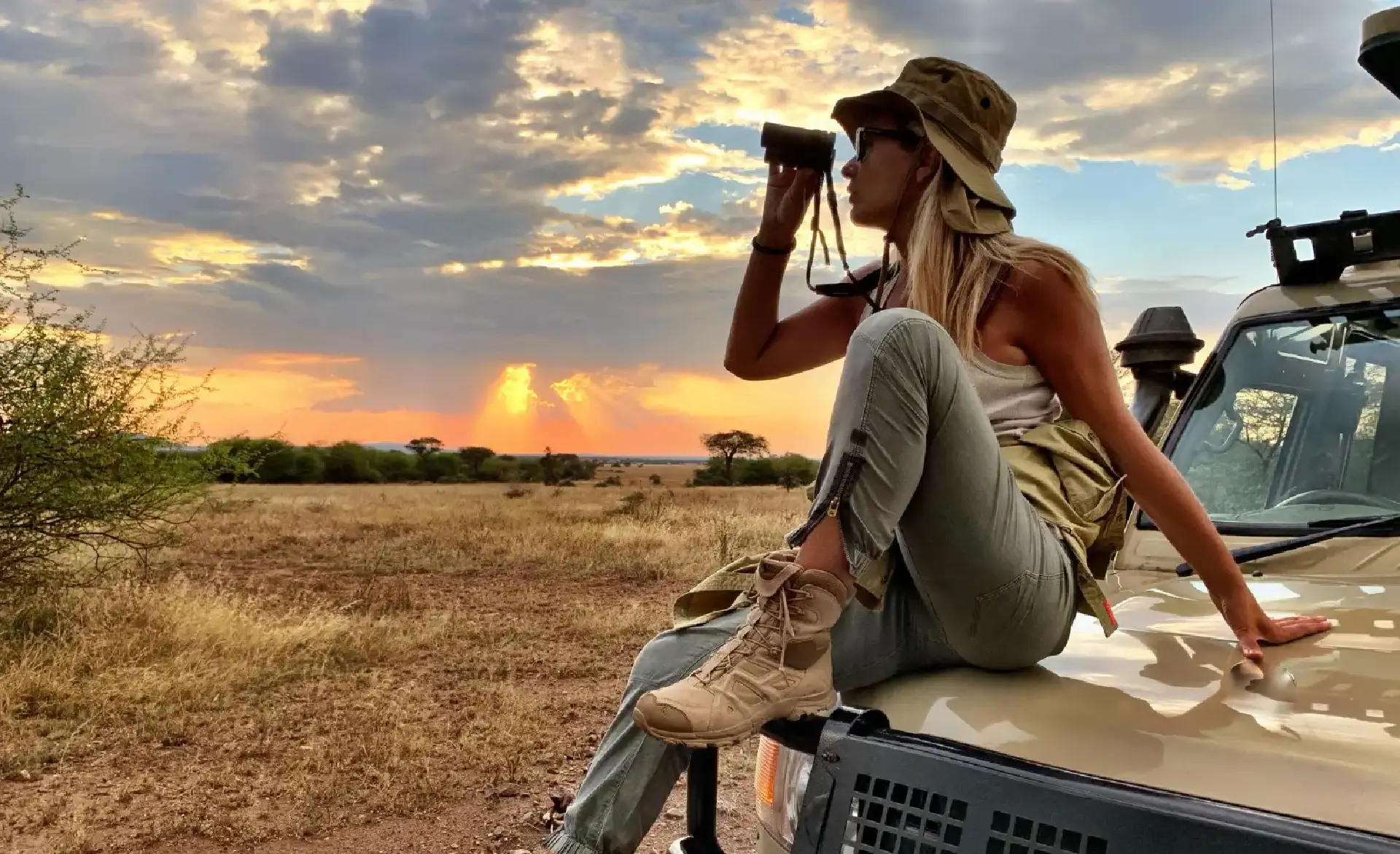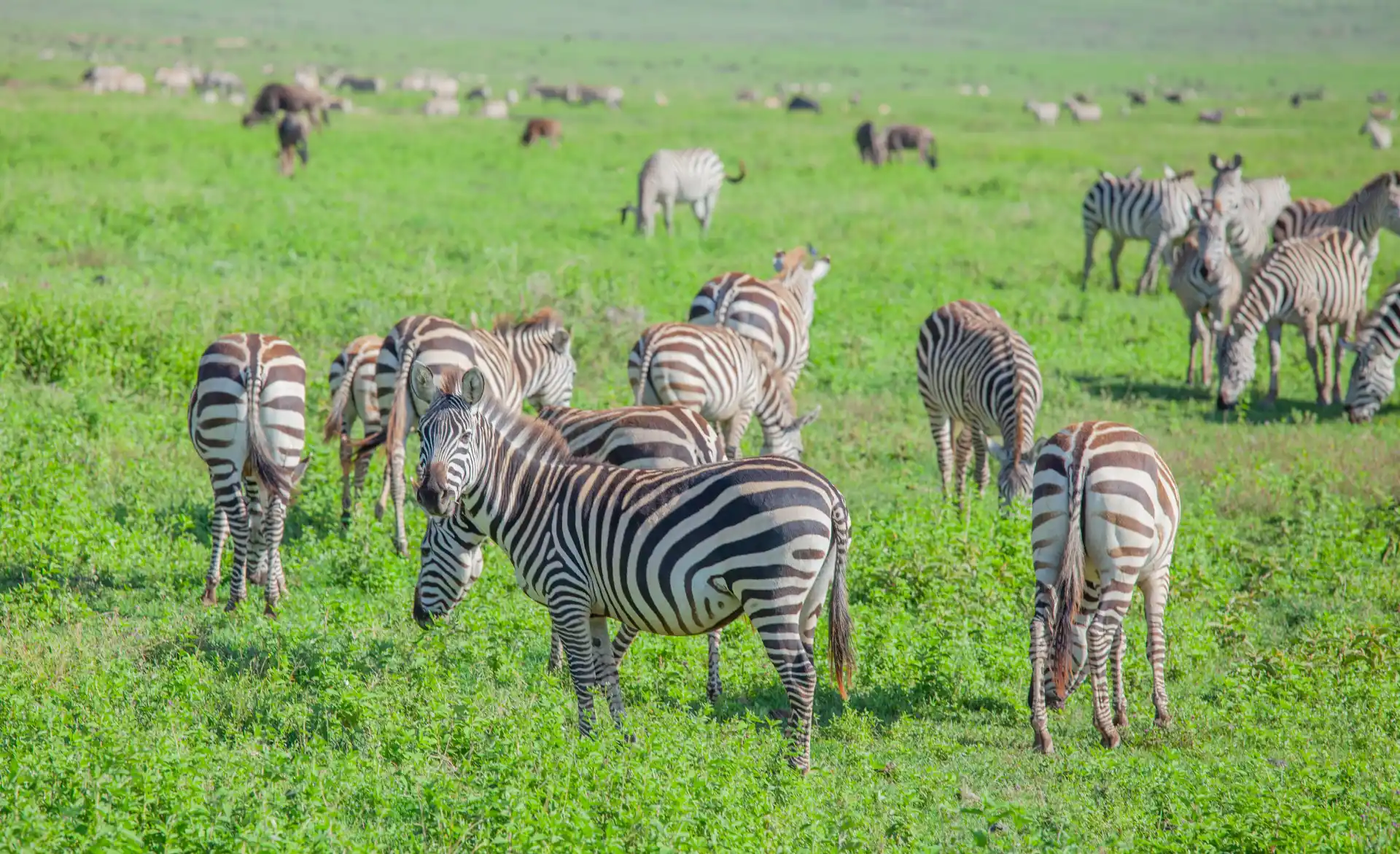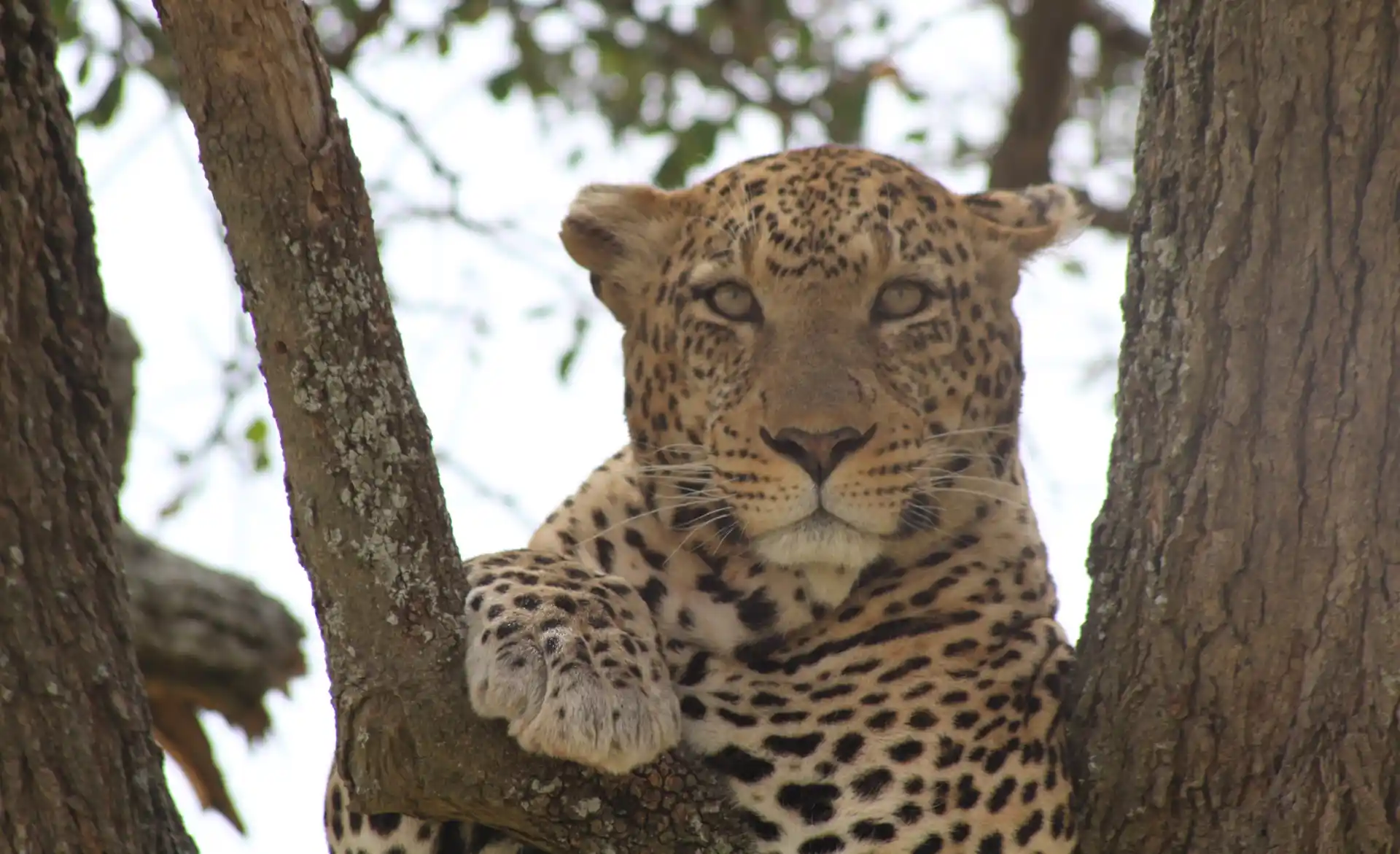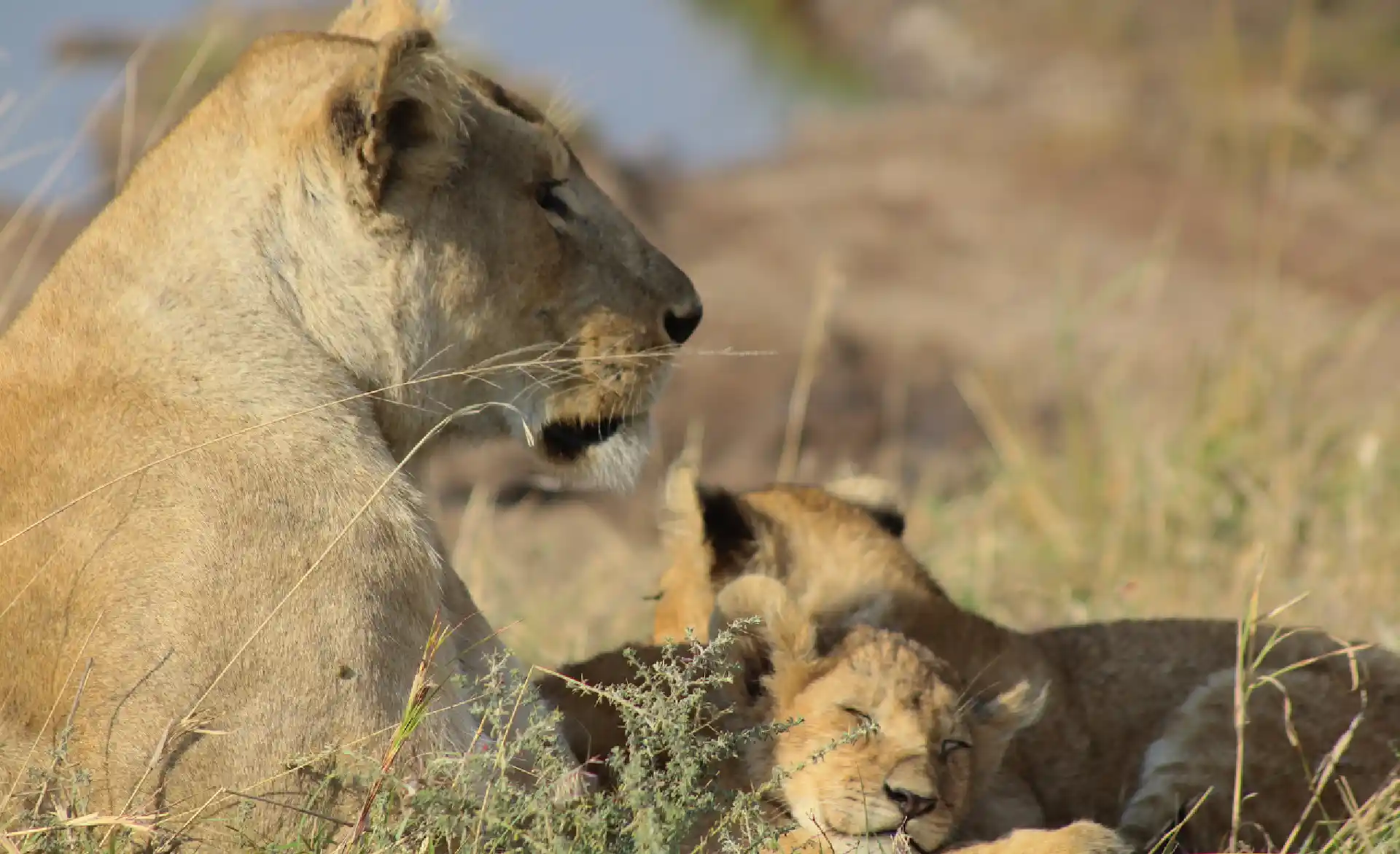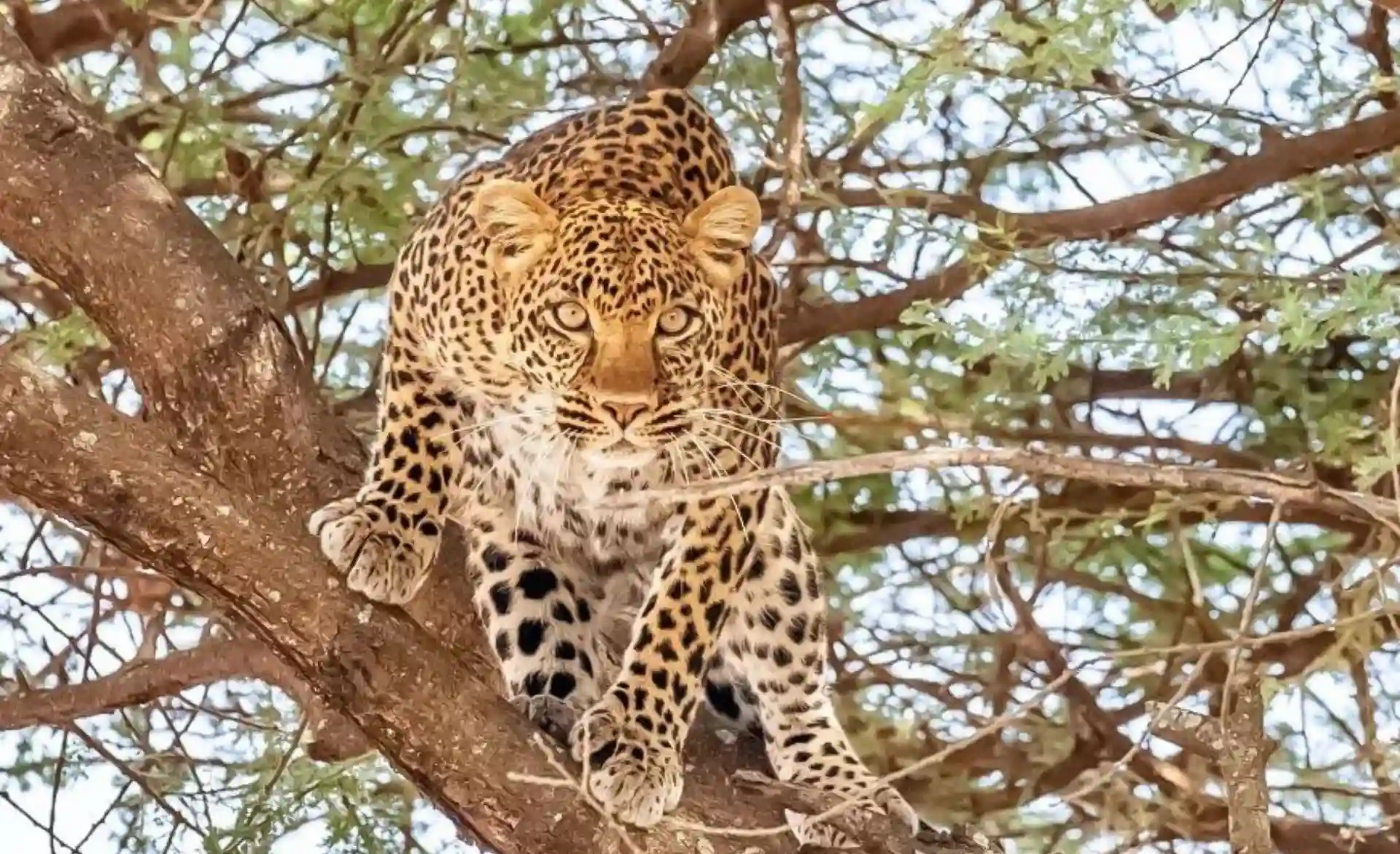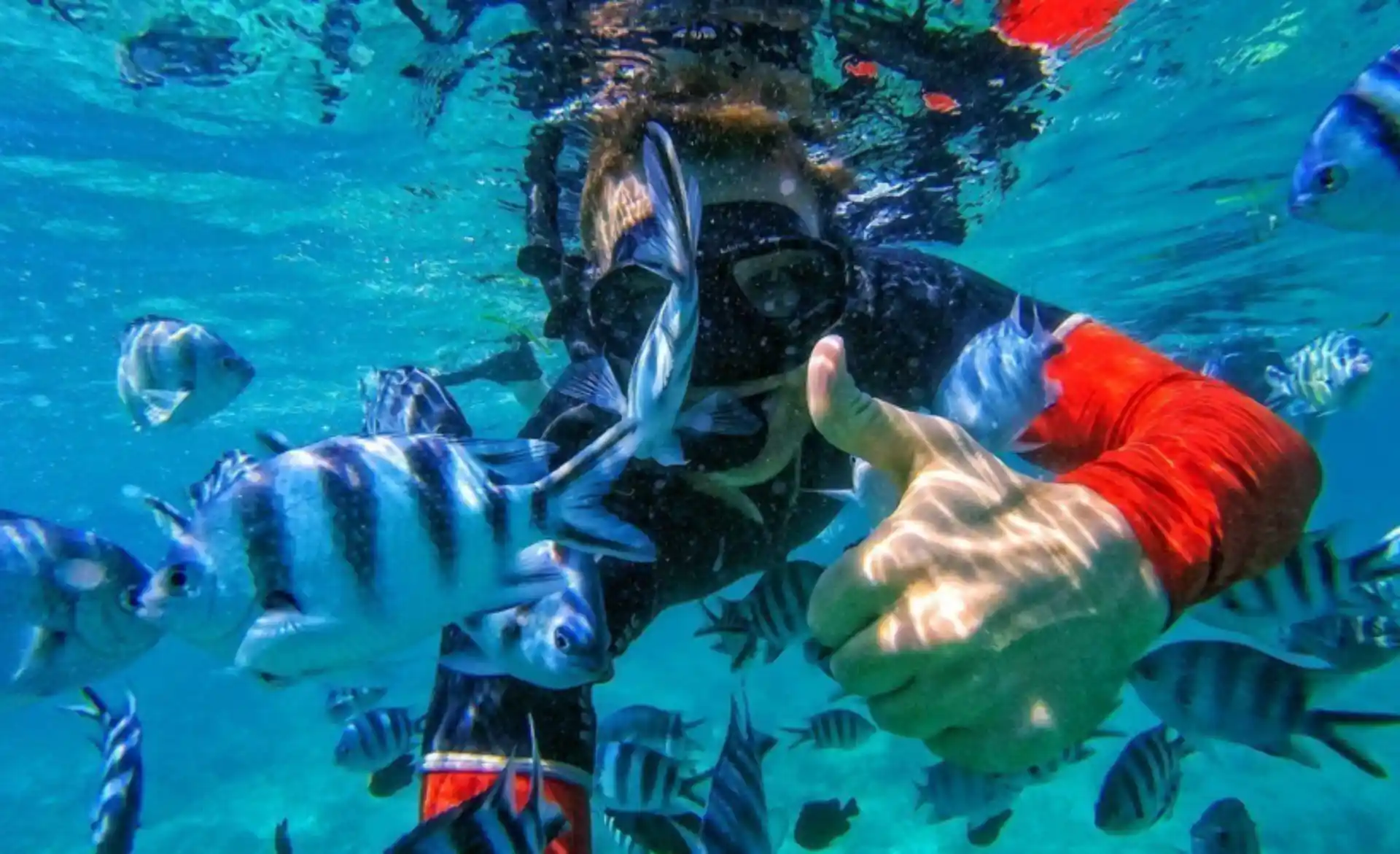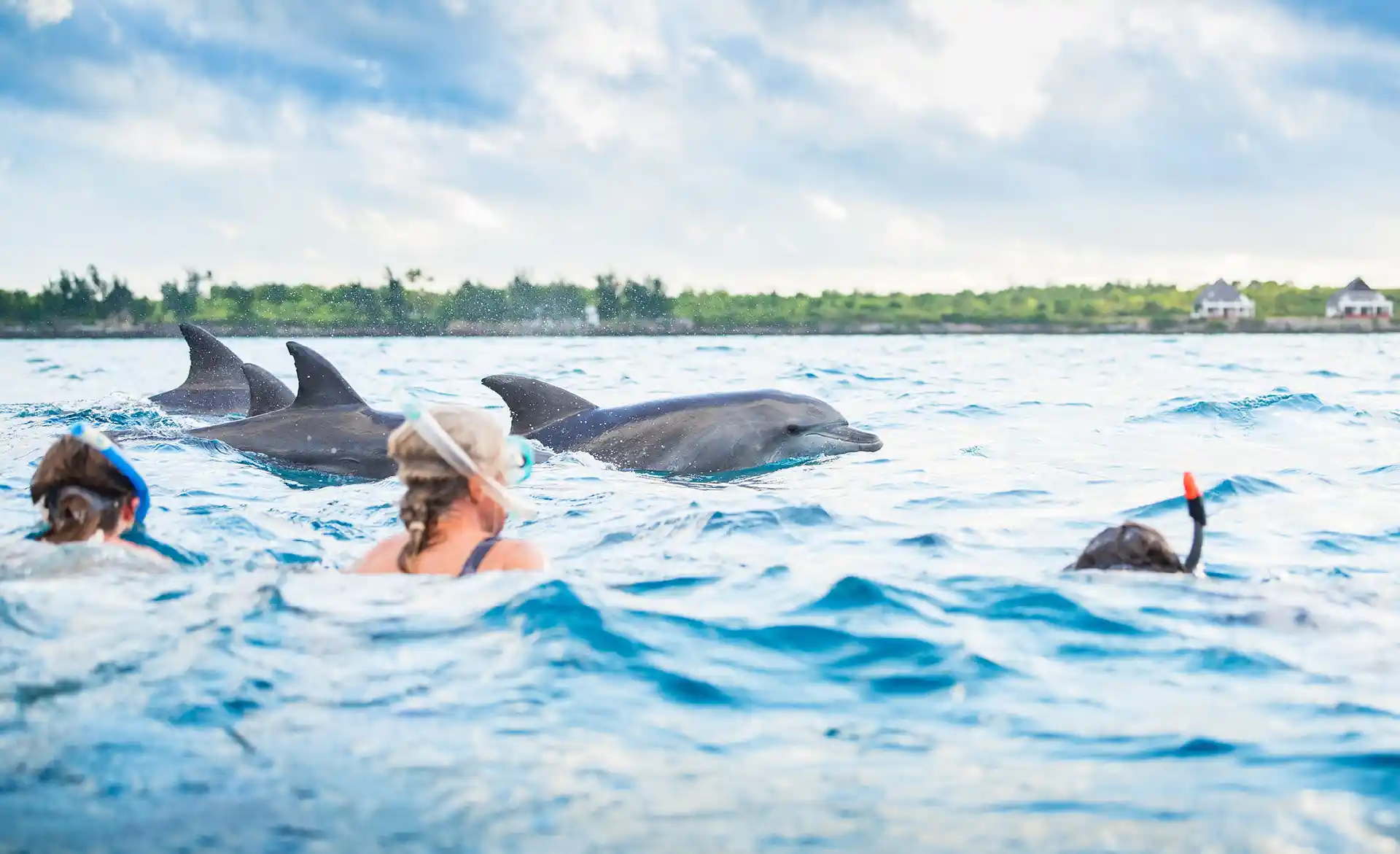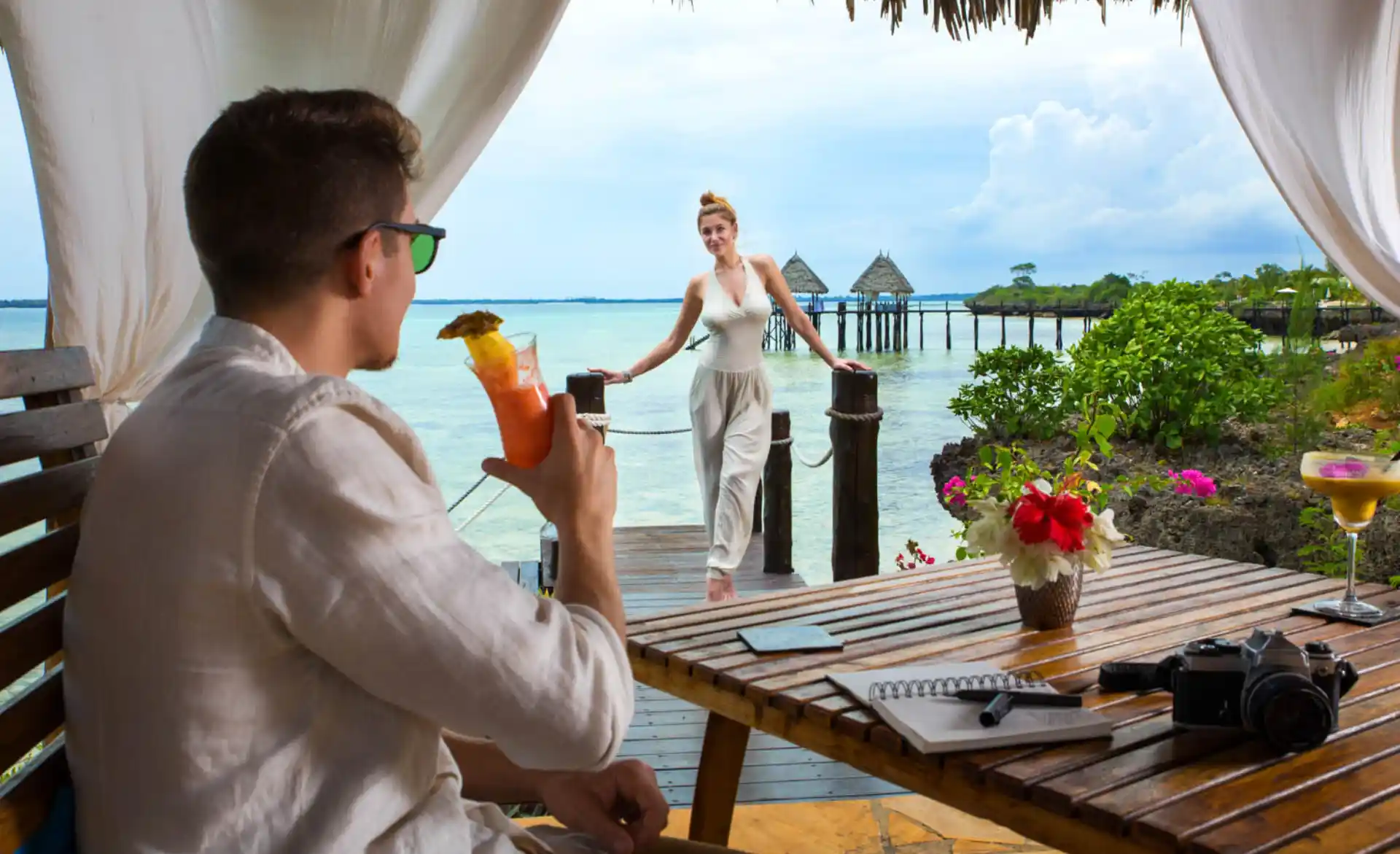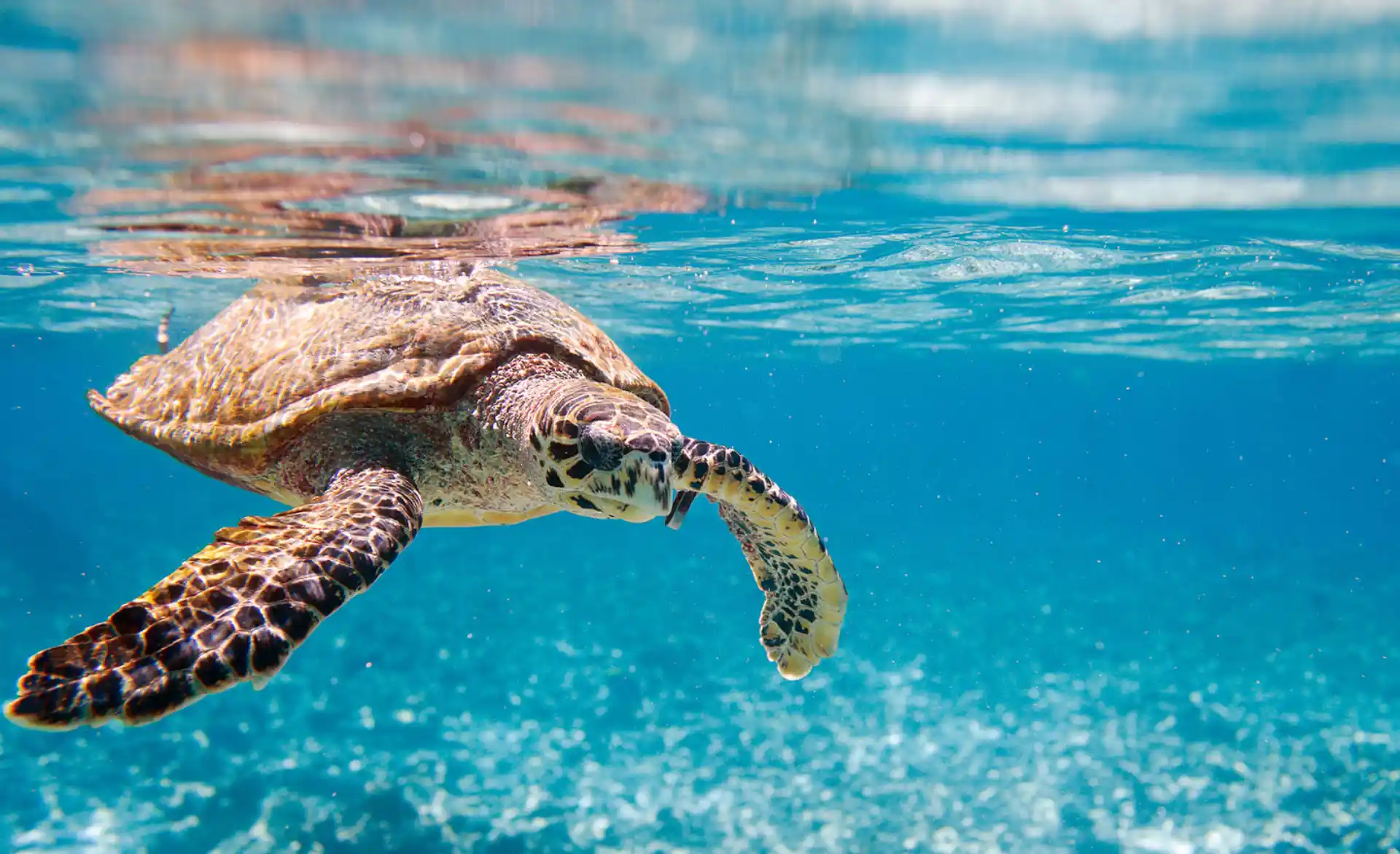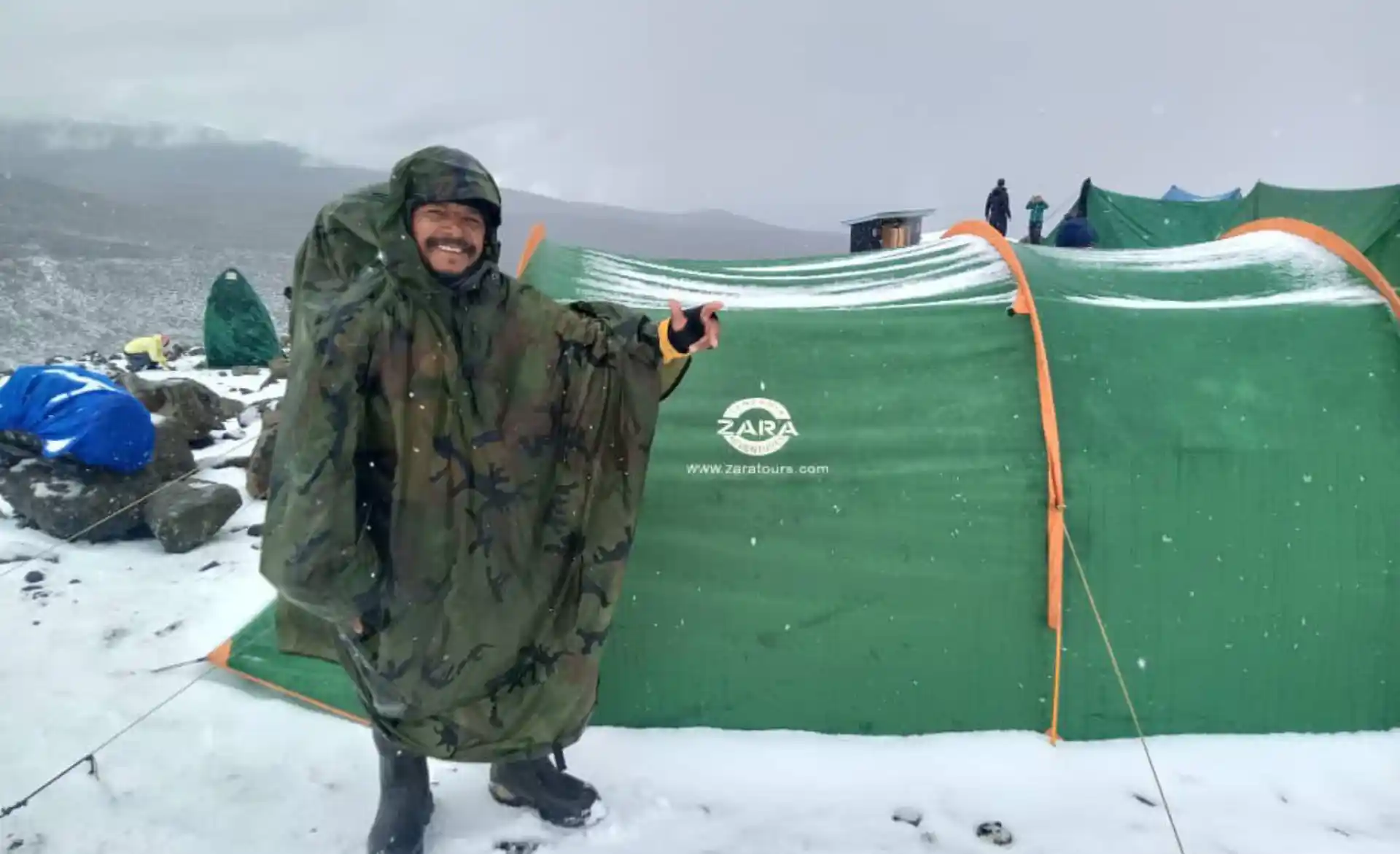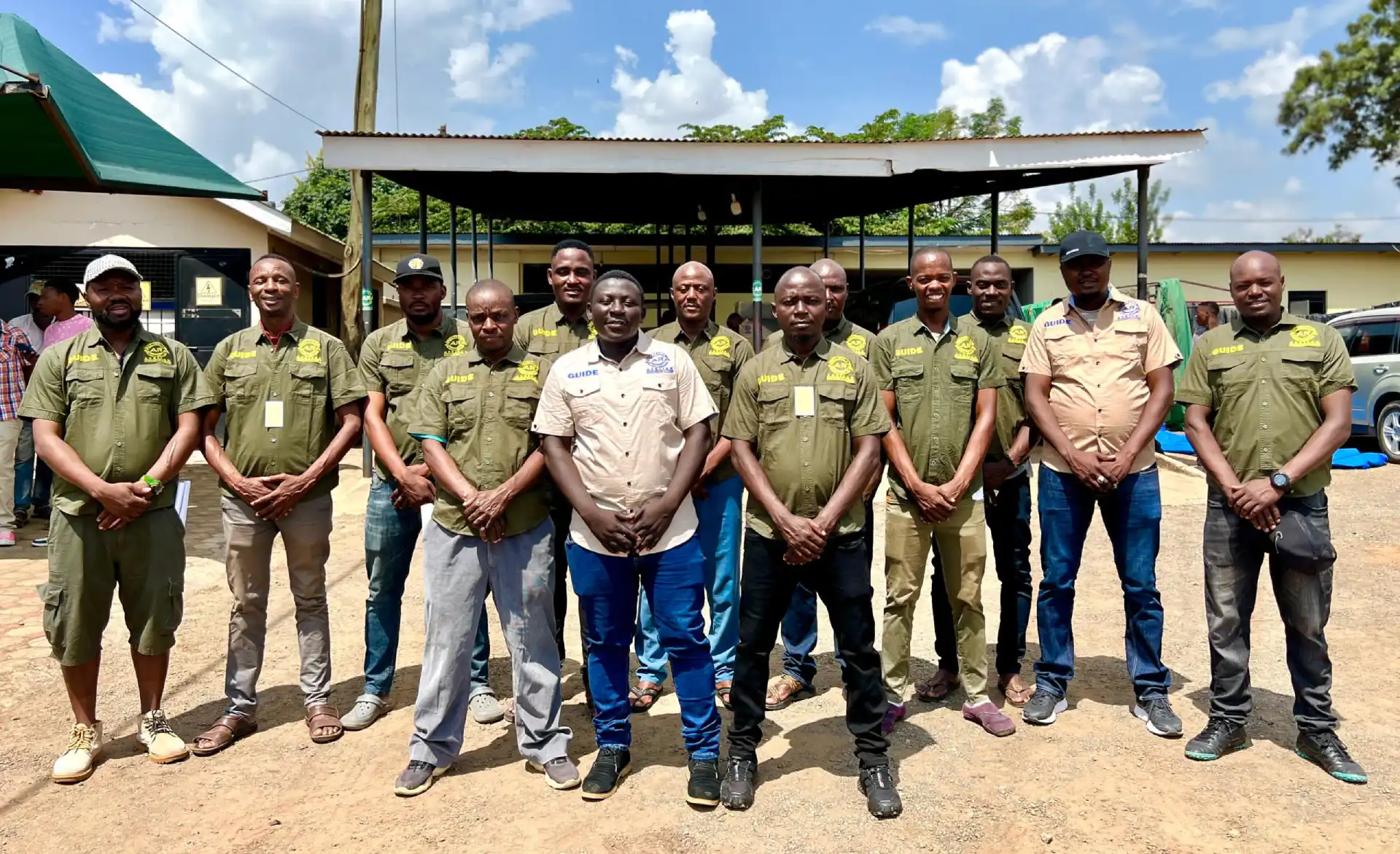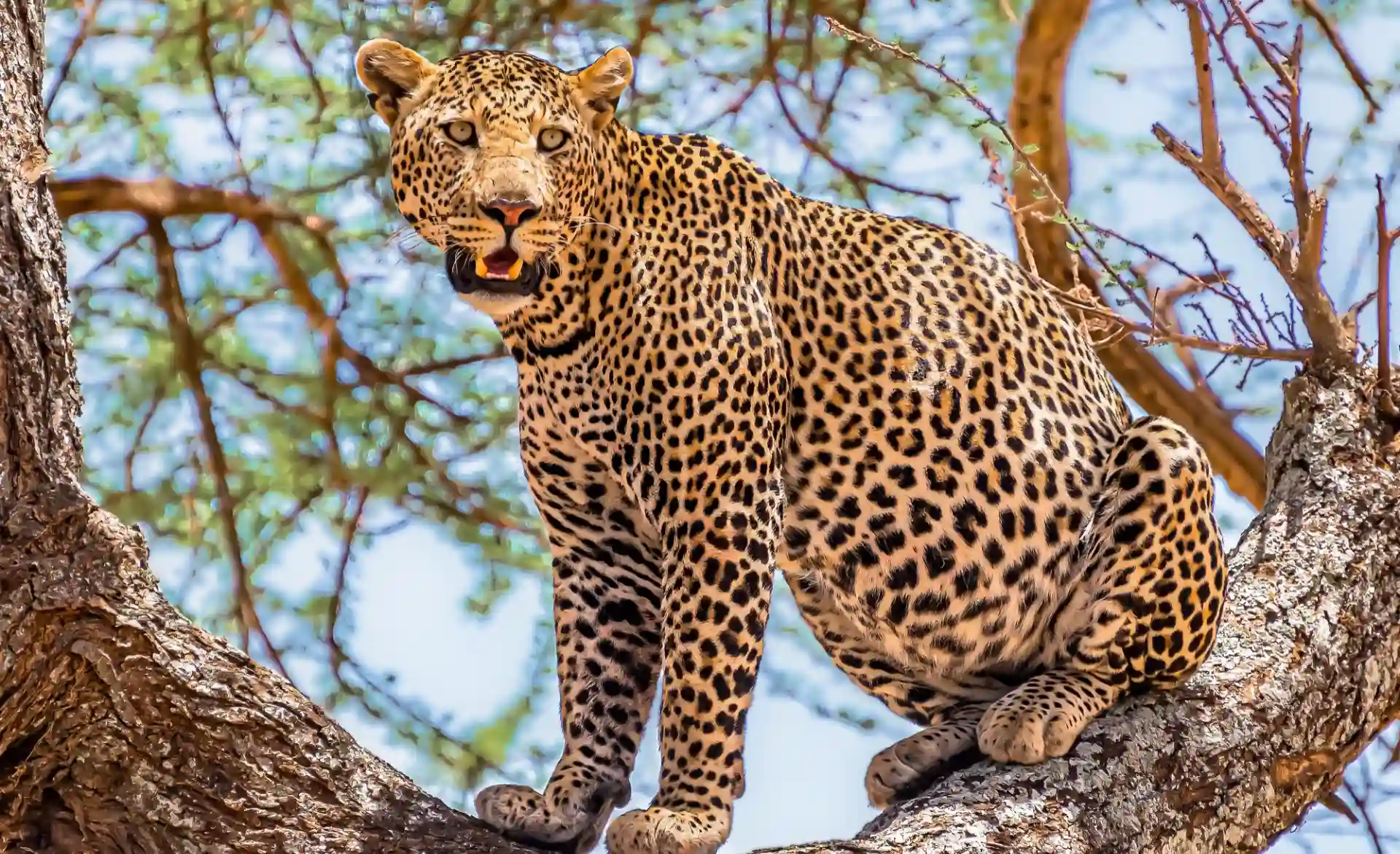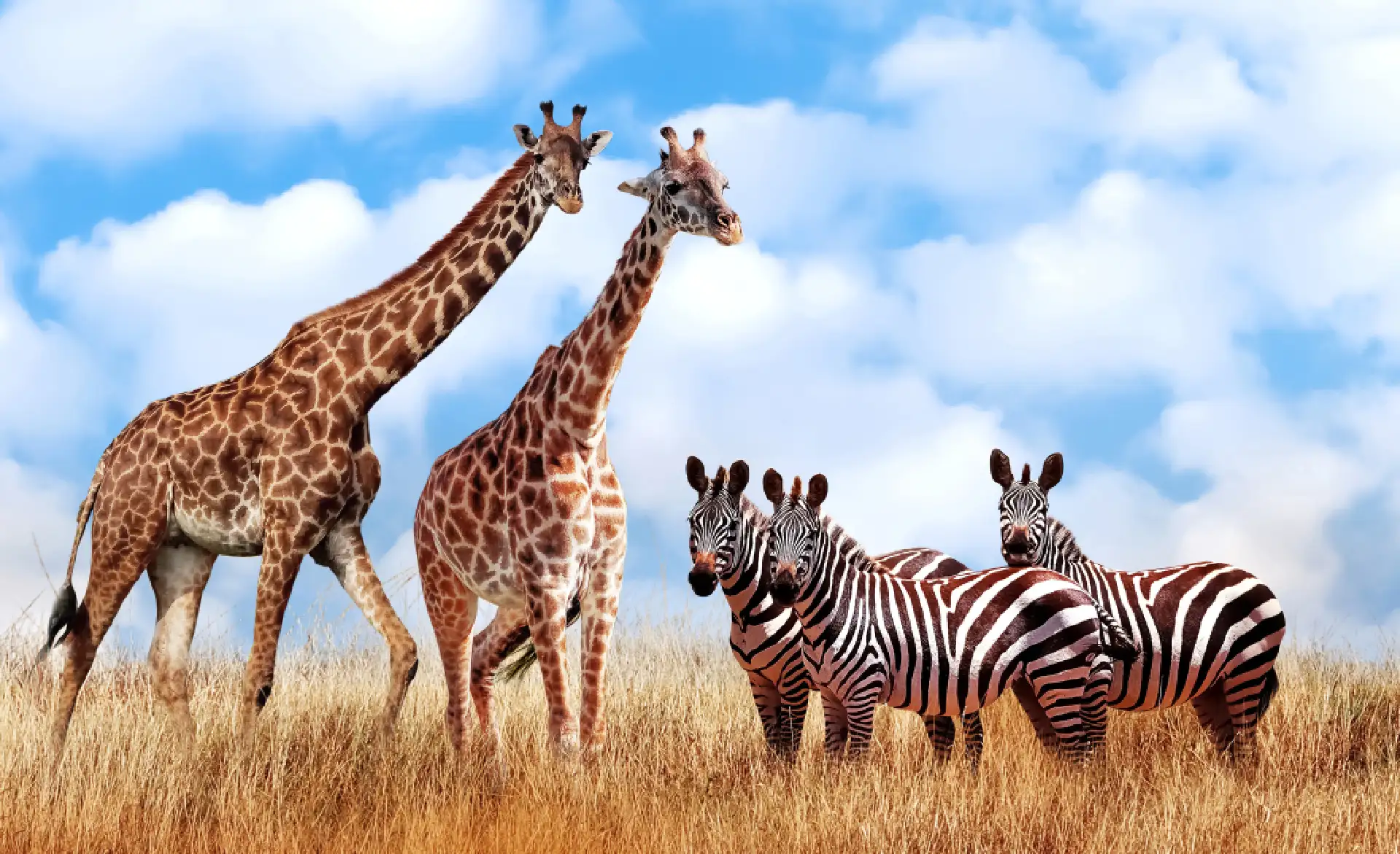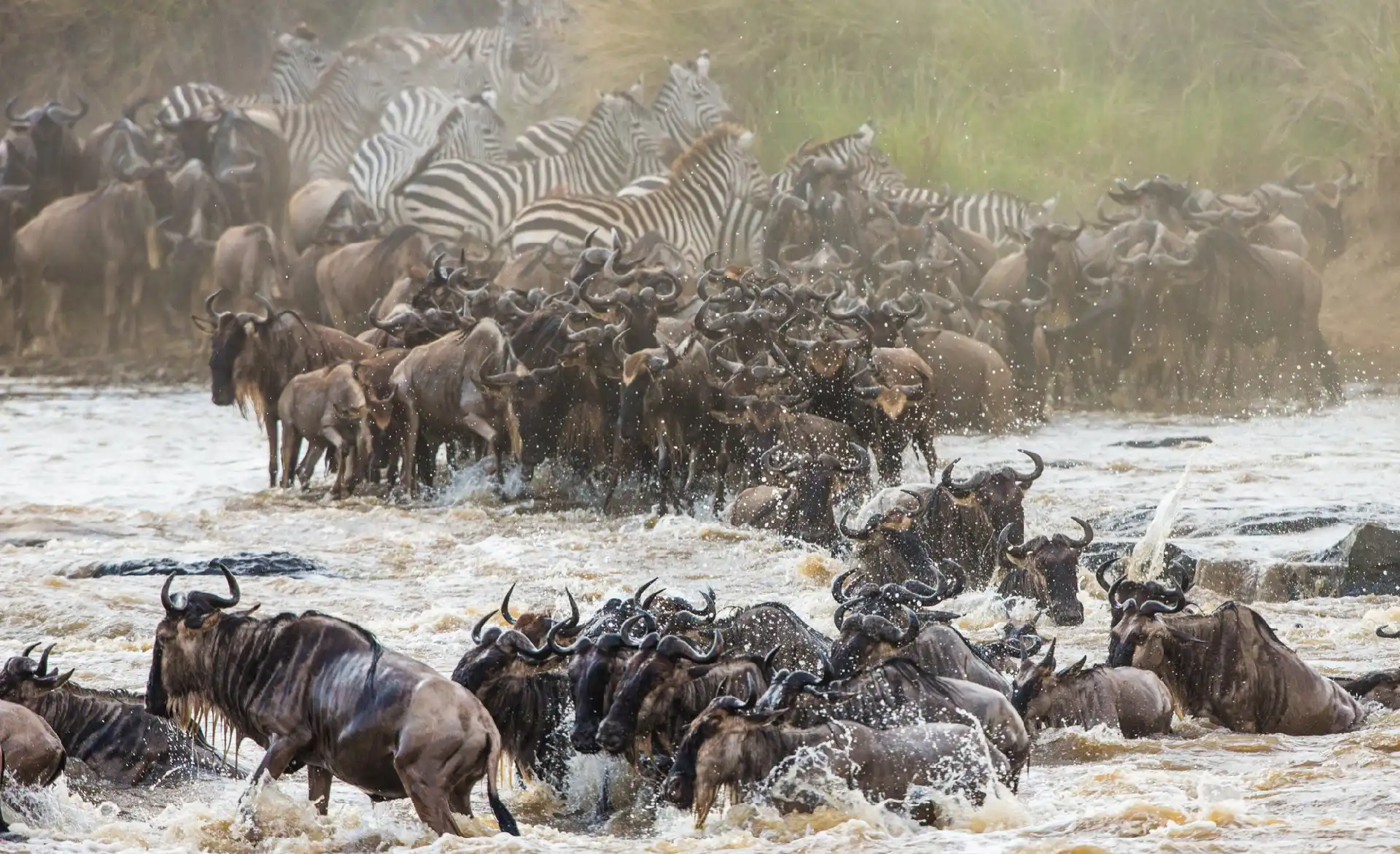Mt. Kilimanjaro
Right Mount to Conquer
Explore Your Beautiful Destination
Trek
Choosing the Best Mount Kilimanjaro Route
Mount Kilimanjaro, the highest peak in Africa, stands majestically in Tanzania, inviting adventurers to conquer its summit. This guide navigates the intricate details of choosing the perfect route for your ascent, ensuring an unforgettable trek.
Mt. Kilimanjaro Routes
- Lemosho glades route: an unspoiled, remote little used and beautiful way up to the Shira Plateau. It can either be used to gain the western Breach route or followed by the Kibo south circuit to gain the easier Barafu route. The route is one of the few where groups are accompanied by an armed ranger as the forest around the Lemosho glades. It is considered as a popular route root because of its beautiful panoramic view and higher summit success rate.
- Machame route: Sometimes called the Whisky Route. This is a popular route up steep paths through magnificent and majestic forests to gain a ridge leading through the moorland zones to the Shira Plateau. It then traverses beneath the glaciated precipices of the Southern Ice fields to join the Barafu Route to the summit. An extra day could be added to the itinerary, best spent on the Shira Plateau, where you could walk to the Shira Needles. Strong groups could omit camping at Karanga River. The Mweka Route is used for the descent.
- Accommodation on the mountain is in tents, which the porters will pitch for you. You will need a sleeping bag, warm clothes and walking poles. This is a steep, tough trek within the limits of a fit individual used to walking in mountain areas.
- Marangu route: Also famously known as the Coca-Cola Route because it is relatively easy. It is the only route with accommodation hut for trekkers. It is referred to as the tourist route due to the services available on the way to the summit. Unlike other routes, it is described as easy, has low success rate because many unfit people or first timers attempt Kili trek via this route and fail, it is a popular route and accommodation is in huts. Many trekkers prefer it. It is also beautiful, the easiest and shortest route. Ascent and descent are done on the same path.
- Shira Route: This is a little used trail that begins near Shira Ridge. It is almost identical to the Lemosho route. In fact, Shira was the original route and Lemosho is the improved variation. Although Shira is a varied and beautiful route, it is less favorable than its successor due to the relatively high altitude of Shira’s starting point, which is accessed quickly by vehicle. It is possible for the climbers to experience some altitude related symptoms on the first day while camping, because it starts high above sea level at 11,800 feet. Because it offers poor acllimatisation because it starts high above sea level.
- The route approaches Mount Kilimanjaro from the west, beginning with a long drive from Moshi to Shira Ridge. The vehicle bypasses the rain forest zone and the hiking trail begins on Shira Ridge. The Shira route crosses the entire Shira Plateau from west to east in a pleasant, relatively flat hike. Then the route traverses underneath Kilimanjaro’s Southern Ice Field on a path known as the Southern Circuit before summiting from Barafu. Descent is made via the Mweka route.
- Umbwe Route: The less utilized Umbwe Route was opened in June 1963. It is the route for trekkers looking to challenge themselves. This route makes the distances the covered between camps shorter and avoids crowding experience in some sites in season. The summit and return days are as per the Machame Route. All your supplies and camping equipment are carried up the mountain by porters who also prepare all your meals. Your personal baggage is limited for the climb.
- This is one of the shortest routes to the Southern Glaciers and the Western Breach of Kibo. It is also considered as the hardest and challenging route. An ascent to Kibo via the Umbwe Route is probably one of the most scenic ‘non-technical’ mountaineering expeditions in East Africa. It is quite taxing, primarily due to the relatively fast ascent to higher altitudes, but the rewards are plentiful. Fewer people, pristine forest, greater chances of seeing wildlife and bird life in the lower levels, and shorter walking distances make it great option for fit hikers. There are two main ascents on the Umbwe Route, via Barafu Hut or Arrow Glacier. Although both of these options can be done in 5days, a 6-day hike is recommended for correct acclimatization.
- Rongai Route: It is a less crowded route and located on leeward side receiving little precipitation, also Rongai has higher success rate, and it is one of the easiest route on the mountain. Accommodation is in camps.
- It begins on the northern side of the mountain and is the least travelled route. It is a long drive to the starting point but you are rewarded by fantastic views and the likelihood that you will be the only climbers around. If you take this route up the mountain you are obliged to descend via the Marangu Route that is the most popular and well-used route.
Our expert answer
FAQ
Our Answers
WHERE DO YOU SLEEP WHEN CLIMBING MOUNT KILIMANJARO
In mountain you can sleep on hut or tent. Most of the trekkers sleep in tented camps, as only the Marangu route offers hut accommodation. Everyone hiking one of the other seven Kilimanjaro routes must camp.
HOW MANY KILIMANJARO ROUTE ARE THERE?
There are 7 main mountain Kilimanjaro route which lead to the summit Uhuru peak. They are Marangu route, machame route, Lemosho route, Rongai route, Umbwe route, Shira route and Northern circuit route
IS TIPPING INCLUDED AND IF NOT, HOW MUCH SHOULD I BUDGET?
Tips are not included in the tour price and it is entirely at your discretion
IS KILIMANJARO A TECHNICAL MOUNTAIN?
Kilimanjaro requires no technical climbing experience nor climbing equipment. This makes it the most accessible of the Seven Summits in many ways.
WHEN IS THE BEST TIME TO CLIMB?
Kilimanjaro is climbable all year round.
The best months to clim, however, are July to October and December to February, as these are the warmest and driest months respectively.
July, August and September tend to be the busiest months on the mountain.
WHAT IS THE CLIMATE LIKE?
Due to the great elevation gain on a Kilimanjaro climb, you will experience all kinds of weather, from 30° C (86° F) on the plains surrounding Kilimanjaro all the way down to -7 to -29° C (20° to -20° F) at the summit. So ensure you are prepared
CAN I CLIMB WITHOUT PORTERS AND GUIDES?
No you cannot climb without porters and guides. The National Park Authority restricts climbers to the mountain without any qualified guides and the minimum number of guides to climb the mountain is 1 guide for every 3 people.
Porters are actually optional but would still advice to have porters while climbing the Kilimanjaro unless you’re fit to camp for 7 days.
THE BEST WAY TO GET TO KILIMANJARO?
The best way to get to Kilimanjaro is by flight and there no direct flights from different countries the best option is through KLM via Amsterdam or Turkish Airlines via Istanbul.
Kilimanjaro there is an international airport called JRO airport, from the airport there hour’s drive from the mountain itself.
But you should be ware of some airlines that will get a god deal but have 10-hour layover. But its best to fly through Middle East, also Qatar has direct flights into JRO from Doha.
HOW LONG DOES IT TAKE TO REACH THE SUMMIT OF KILIMANJARO?
Depending on the route, most trekkers take 5-7 days to reach the summit. The longer you spend on climbing Kilimanjaro, the better your body acclimatize, increasing the chance you will succeed in reaching the summit of mount Kilimanjaro.
CAN YOU ACCOMMODATE PEOPLE WITH SPECIAL DIET REQUIREMENTS?
Yes we can offer vegetarian, gluten-free, or any other special diets. Kindly specify at the time of booking.
HOW FIT DO YOU NEED TO BE TO CLIMB KILIMANJARO?
Trekkers have reached the summit of Kilimanjaro safely with our help. You need to have walking exercises during the weekend or be able to walk 5-7 hours on your feet.
With all the exercises you also need to have determinations. Because reach to the summit its very tough experience. During the climb you will be spending 8-10 hours and 6-8 hours descending.
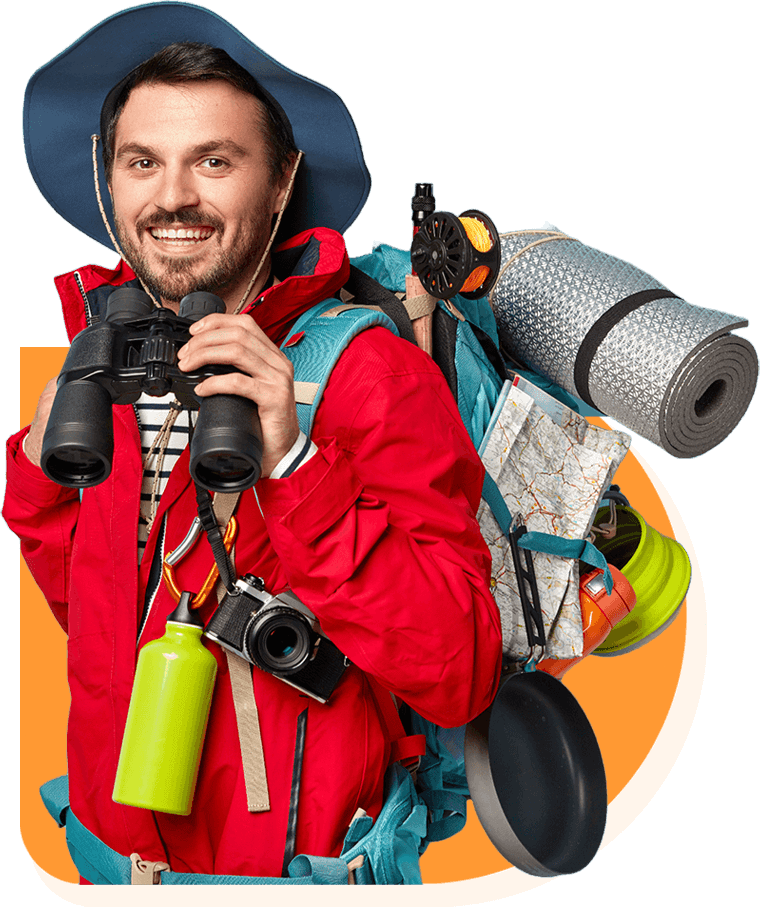
Our Head Office
- Tembo Road, Pasua Moshi, Tanzania
Reach Us
Contact form
Enquiry
